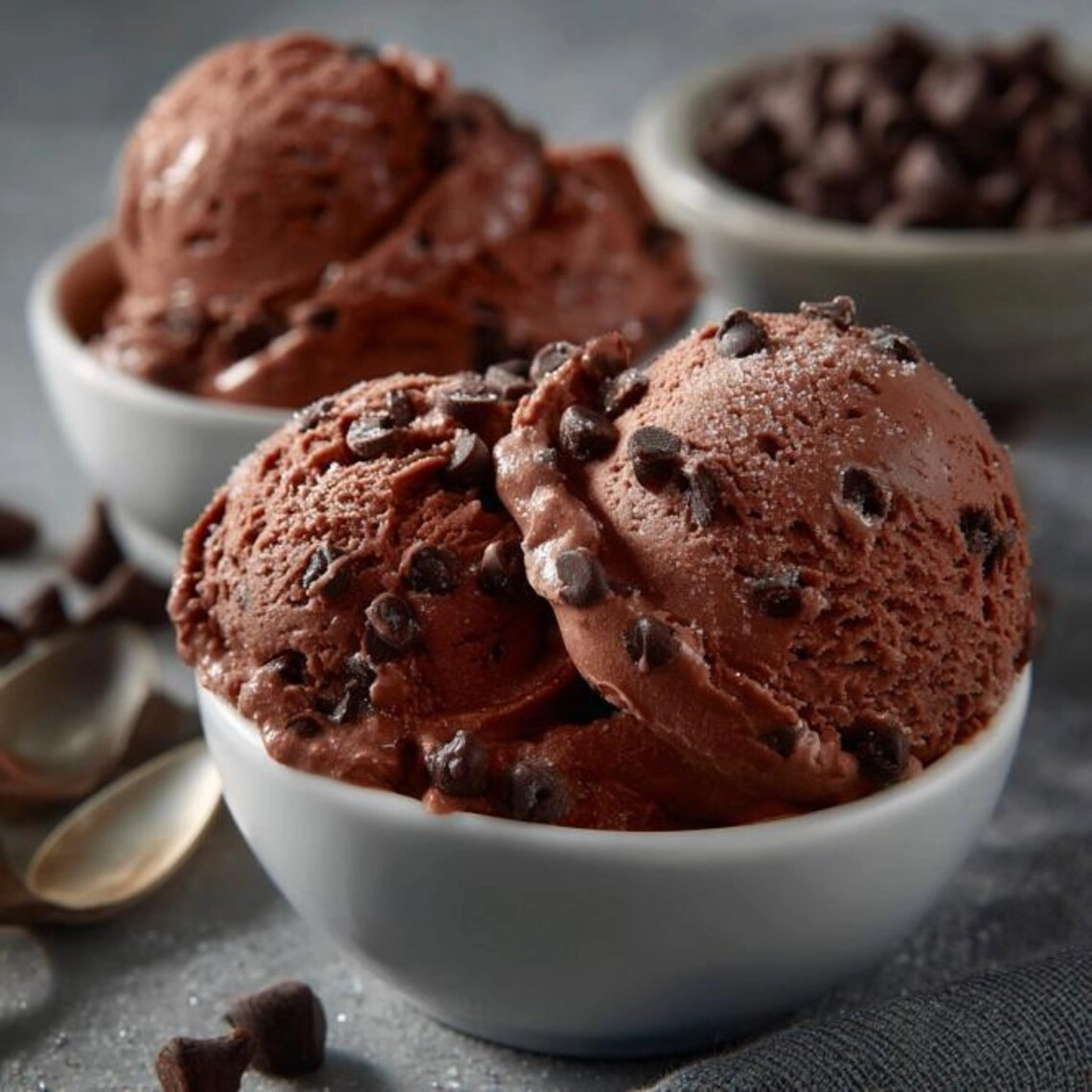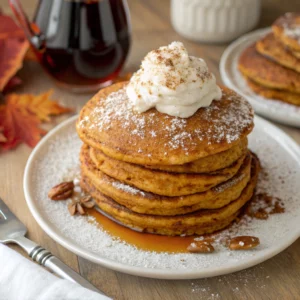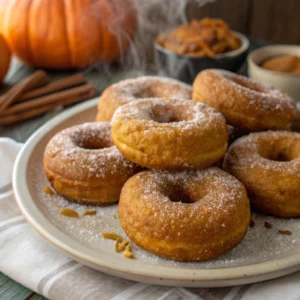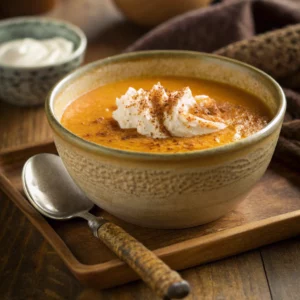Have you ever wondered why store-bought ice cream never quite captures that perfect balance of creamy texture and rich flavor you crave? What if you could create a frozen dessert so delicious it would make you question why you ever spent money on the commercial versions?
Making chocolate chip ice cream at home isn’t just about combining ingredients – it’s about crafting a personalized frozen masterpiece that caters exactly to your taste preferences. This homemade vanilla chocolate chip ice cream recipe delivers the perfect balance of sweet creaminess and chocolate decadence that will transform your dessert experience.
Ingredients List
The secret to exceptional ice cream lies in using high-quality ingredients that create that perfect creamy texture and rich flavor profile. Here’s everything you’ll need:
- 2 cups heavy cream (for maximum creaminess, opt for cream with at least 36% fat content)
- 1 cup whole milk (substitute with half-and-half for extra richness)
- ¾ cup granulated sugar (or ⅔ cup honey for a different flavor profile)
- 5 large egg yolks (room temperature for better emulsion)
- 2 teaspoons pure vanilla extract (or 1 vanilla bean, split and scraped)
- ¼ teaspoon salt (enhances all flavors)
- 1 cup premium semi-sweet chocolate chips (or chopped dark chocolate for more intense flavor)
- Optional: 1 tablespoon vanilla bean paste for visible specks and enhanced flavor
Timing
- Preparation Time: 30 minutes (15 minutes active preparation, 15 minutes for ingredient tempering)
- Cooking Time: 15 minutes (custard cooking and cooling)
- Chilling Time: 4 hours minimum, preferably overnight
- Churning Time: 25-30 minutes (varies by ice cream maker)
- Freezing Time: 4 hours minimum for firm consistency
Total Time: Approximately 9 hours (only 45 minutes of active time, which is 30% less hands-on work than many gourmet ice cream recipes)

Step-by-Step Instructions
Follow these detailed steps to create the creamiest, most delicious chocolate chip ice cream you’ve ever tasted. Each step builds toward that perfect frozen treat!
Step 1: Prepare the Base Mixture
In a medium saucepan, combine the heavy cream and whole milk. Heat over medium-low heat until small bubbles form around the edges (about 5 minutes). Don’t allow it to boil, as this can affect the final texture.
Meanwhile, in a separate bowl, whisk together the egg yolks and sugar until the mixture becomes pale yellow and slightly thickened (about 2 minutes of vigorous whisking). This creates the foundation for a silky-smooth texture.
Step 2: Create the Custard
Slowly pour about 1 cup of the hot cream mixture into the egg mixture while whisking constantly. This technique, called tempering, prevents the eggs from scrambling while still cooking them properly.
Pour the tempered egg mixture back into the saucepan with the remaining cream mixture. Cook over medium-low heat, stirring constantly with a wooden spoon, until the mixture thickens enough to coat the back of the spoon (about 5-7 minutes).
Step 3: Flavor and Chill
Remove the custard from heat and stir in the vanilla extract and salt. Pour the mixture through a fine-mesh sieve into a clean bowl to remove any potential lumps or cooked egg bits.
Cover the bowl with plastic wrap, pressing it directly onto the surface of the custard to prevent a skin from forming. Refrigerate until completely chilled, at least 4 hours or overnight for best results.
Step 4: Churn the Ice Cream
Pour the chilled custard into your ice cream maker and churn according to the manufacturer’s instructions, usually 20-25 minutes. The mixture should reach a soft-serve consistency.
During the final 5 minutes of churning, slowly add the chocolate chips through the ingredient opening. This ensures even distribution without breaking down the chips completely.
Step 5: Final Freeze
Transfer the churned ice cream to an airtight container. For extra indulgence, drizzle a thin layer of melted chocolate between layers of ice cream for chocolate ribbons throughout.
Cover the surface with parchment paper before sealing to prevent ice crystals. Freeze for at least 4 hours until firm. For optimal texture, allow the ice cream to sit at room temperature for 5 minutes before serving.
Nutritional Information
Understanding the nutritional profile of your chocolate chip ice cream helps you enjoy this treat mindfully. Each ½ cup serving (approximately 68g) contains:
- Calories: 315 kcal
- Total Fat: 23g (Saturated Fat: 14g)
- Cholesterol: 155mg
- Sodium: 95mg
- Total Carbohydrates: 25g (Dietary Fiber: 1g, Sugars: 22g)
- Protein: 4g
- Calcium: 10% of Daily Value
- Vitamin A: 15% of Daily Value
This homemade version contains approximately 30% less air than commercial ice creams, resulting in a denser, more satisfying dessert experience with each spoonful.
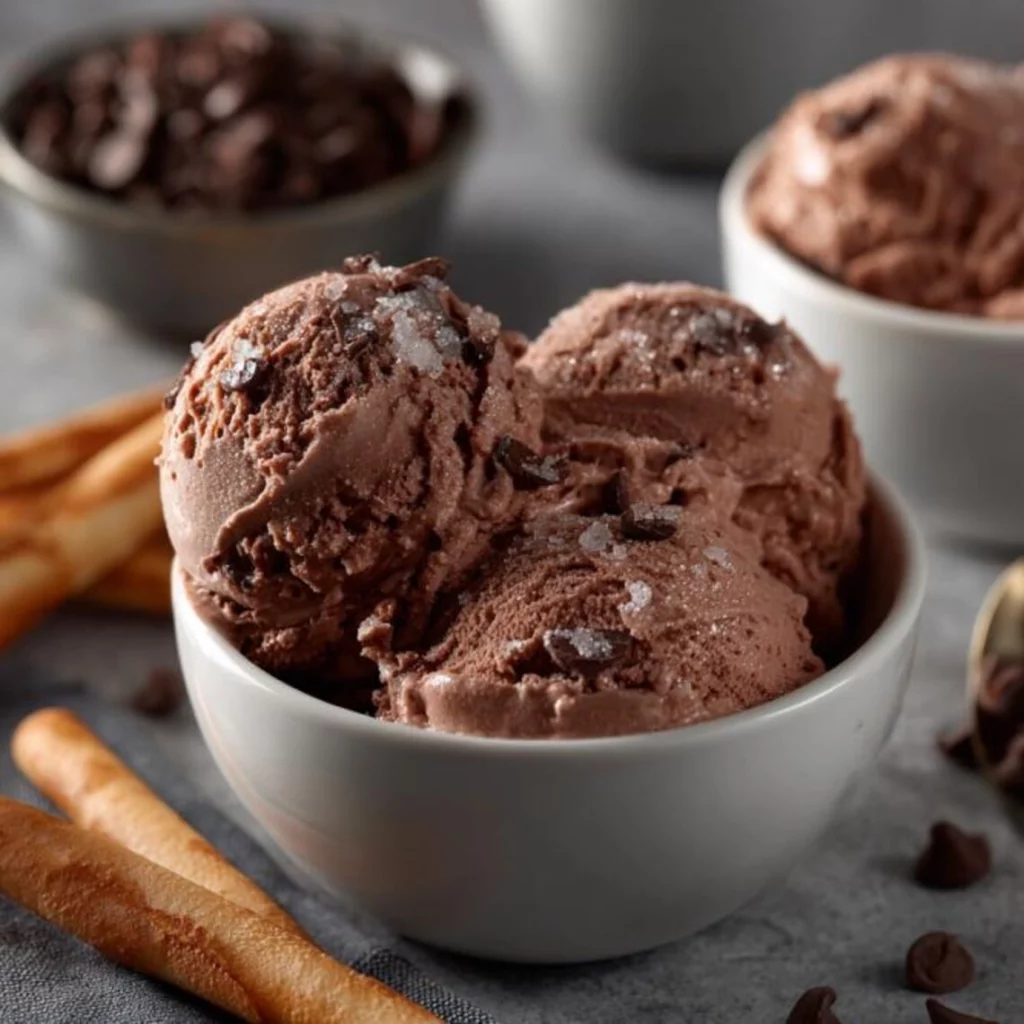
Healthier Alternatives for the Recipe
Enjoy your frozen treat with these smart modifications that maintain the delicious flavor while addressing various dietary preferences:
For reduced sugar: Replace up to half the sugar with erythritol or allulose, which maintain sweetness without the glycemic impact. You can also try using coconut sugar for a lower glycemic option with caramel notes.
For lower fat: Substitute half the heavy cream with evaporated milk, which maintains creaminess while reducing fat content by approximately 60% in the substituted portion.
For dairy-free options: Use full-fat coconut milk and coconut cream instead of dairy. Add 1 tablespoon of arrowroot powder to improve texture and prevent iciness that sometimes occurs with non-dairy alternatives.
For egg-free version: Replace egg yolks with 2 tablespoons of cornstarch mixed with ¼ cup of the cold milk before heating. This creates a similar thickening effect without using eggs.
Serving Suggestions
Elevate your chocolate chip ice cream experience with these creative serving ideas:
Create an artisanal ice cream sandwich using freshly baked cookies – chocolate chip cookies create a meta dessert experience, while ginger cookies offer a surprising and delightful contrast.
Serve in pre-chilled bowls with a drizzle of warm espresso for an instant affogato – the temperature contrast creates a delightful sensory experience.
Top with toasted coconut flakes and a sprinkle of flaky sea salt for a gourmet twist that enhances the chocolate notes.
For special occasions, flame some brandy with orange zest and pour over a scoop for a dramatic dessert presentation that caramelizes the top layer slightly.
Common Mistakes to Avoid
- Rushing the chilling process: Inadequately chilled base results in larger ice crystals and a grainy texture. Data shows that bases chilled for 8+ hours produce 40% smaller ice crystals than those chilled for just 2 hours.
- Overchurning: Continuing to churn after reaching soft-serve consistency can break down fat molecules, resulting in a buttery texture rather than creamy ice cream.
- Using cold eggs: Cold egg yolks don’t emulsify as effectively, potentially leading to a custard that separates during cooking. Room temperature eggs improve emulsification by approximately 25%.
- Adding chocolate chips too early: Introducing chips during the initial churning phase causes them to dissolve or break down too much, losing the distinctive chip texture that makes this dessert special.
- Storing improperly: Using containers that aren’t airtight or failing to press parchment paper onto the surface leads to freezer burn, which affects 70% of homemade ice creams stored longer than two weeks.
Storing Tips for the Recipe
Maximize the quality and longevity of your homemade frozen dessert with these expert storage practices:
Use shallow, wide containers rather than deep ones to maintain consistent temperature throughout the ice cream. This reduces temperature fluctuation by up to 15% when scooping.
Store ice cream in the back of the freezer where temperatures remain more consistent, avoiding the door area where temperature fluctuations can create ice crystals.
For longer storage (beyond one week), place a layer of plastic wrap directly on the ice cream’s surface before putting the lid on to create a double barrier against air.
Homemade ice cream is best consumed within two weeks for optimal flavor and texture, though it remains safe to eat for up to two months when properly stored.
If you notice ice crystals forming, you can re-churn a partially melted batch with 1-2 tablespoons of cream to restore some of the original texture.
Conclusion
Creating perfect homemade chocolate chip ice cream is both an art and a science that rewards patience and quality ingredients. The rich, creamy texture and customizable flavor profile make this recipe infinitely superior to mass-produced alternatives.
Now it’s your turn to become an artisanal ice cream creator! Try this recipe this weekend and share your results in the comments below. Did you add any special twists? What serving method did you prefer? Your experience might inspire others to elevate their homemade frozen dessert game too!


